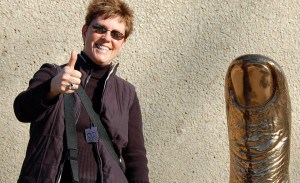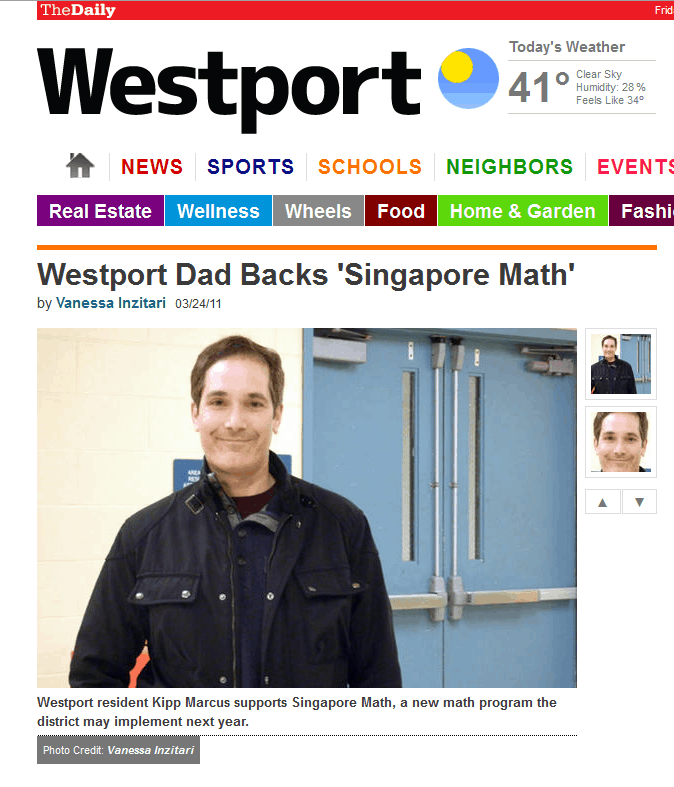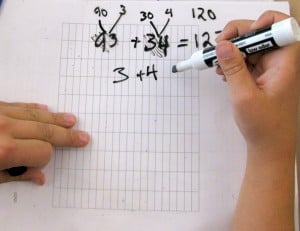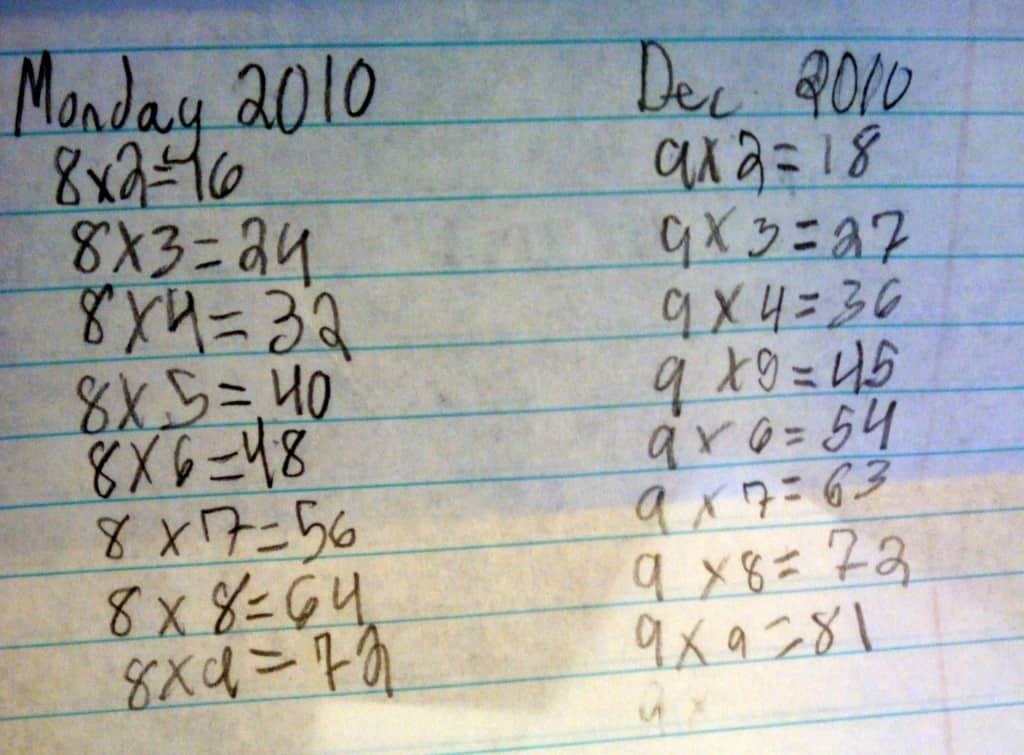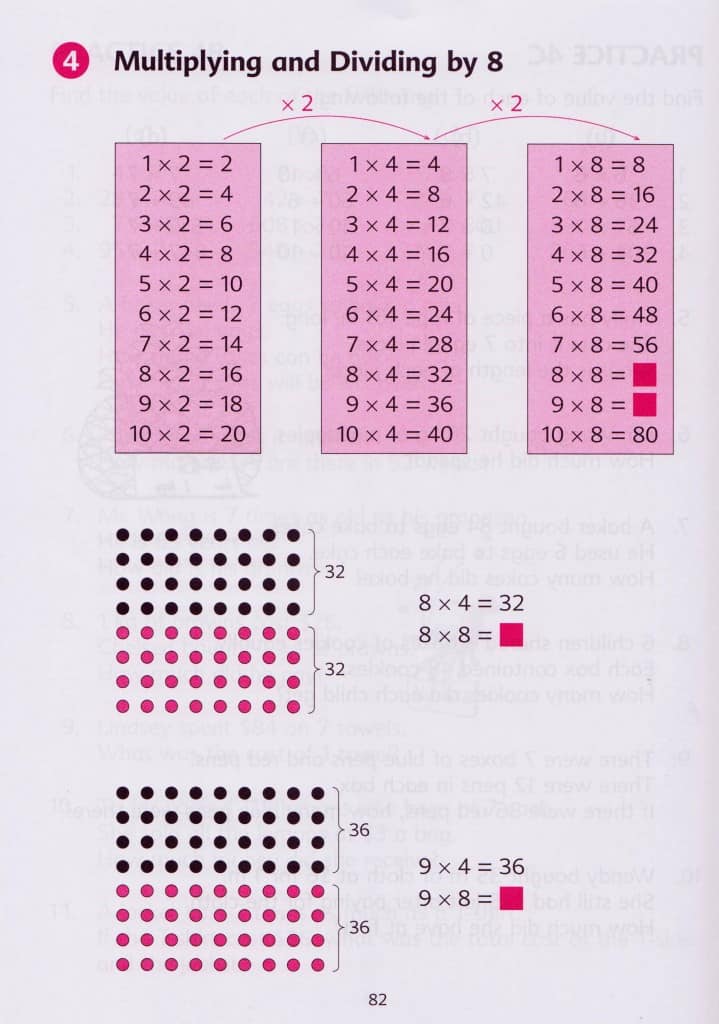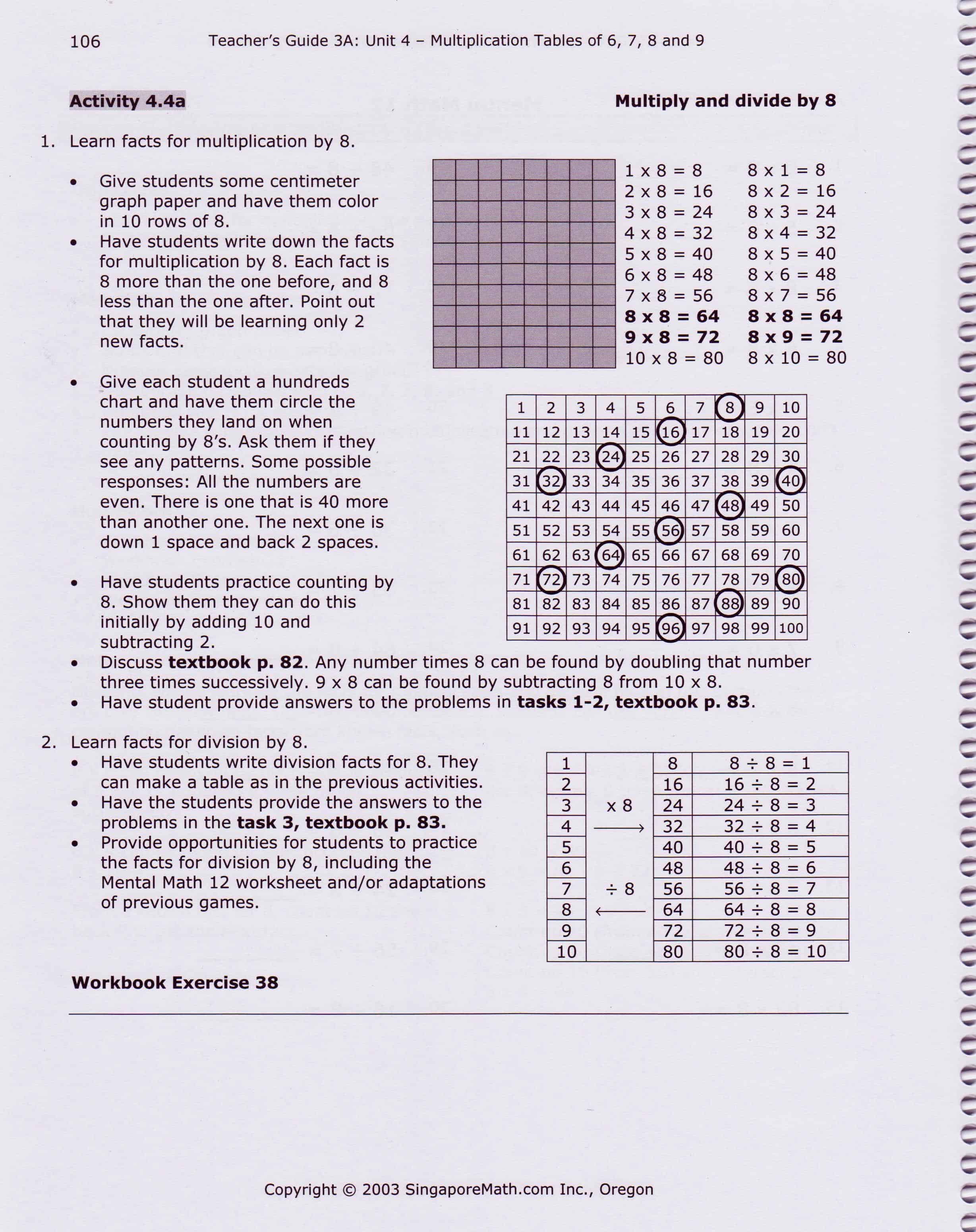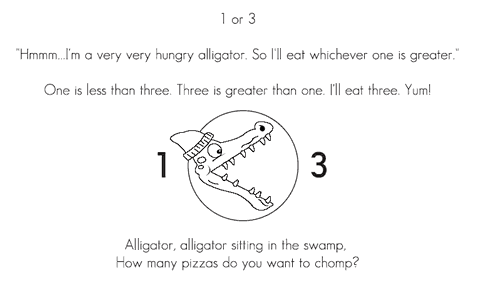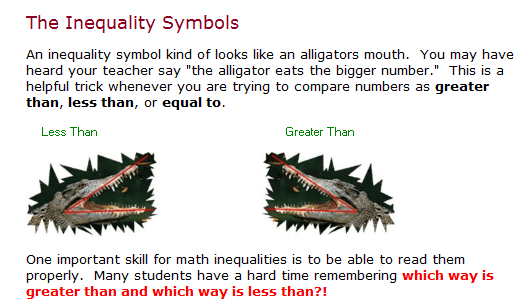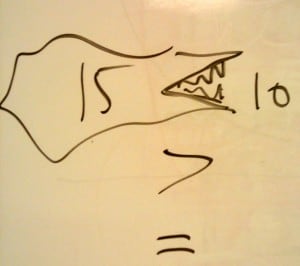Thumbs up for more great Singapore Math Seminars!
I’ll be presenting “How to Use Strategies from Singapore Math to Strengthen your Math Instruction” for the Bureau of Education and Research in several cities this May. You can read more about these one-day seminars and register by clicking on the city. Whether you’re new to Singapore Math or just interested in learning more about some of the strategies, you’re sure to leave with a new understanding of the curriculum, strategies that you can use tomorrow and renewed energy for teaching math. (Plus a handy-dandy handbook!)
- May 9 – Providence, RI
- May 10 – Albany, NY
- May 11 – Hartford, CT
- May 12 – Dallas, TX
- May 13 – Phoenix, AZ
That’s all
til next fall
for BER’s
seminars.
Don’t be blue,
I can come to you!
Cassy@singaporemathsource.com me for more information.
